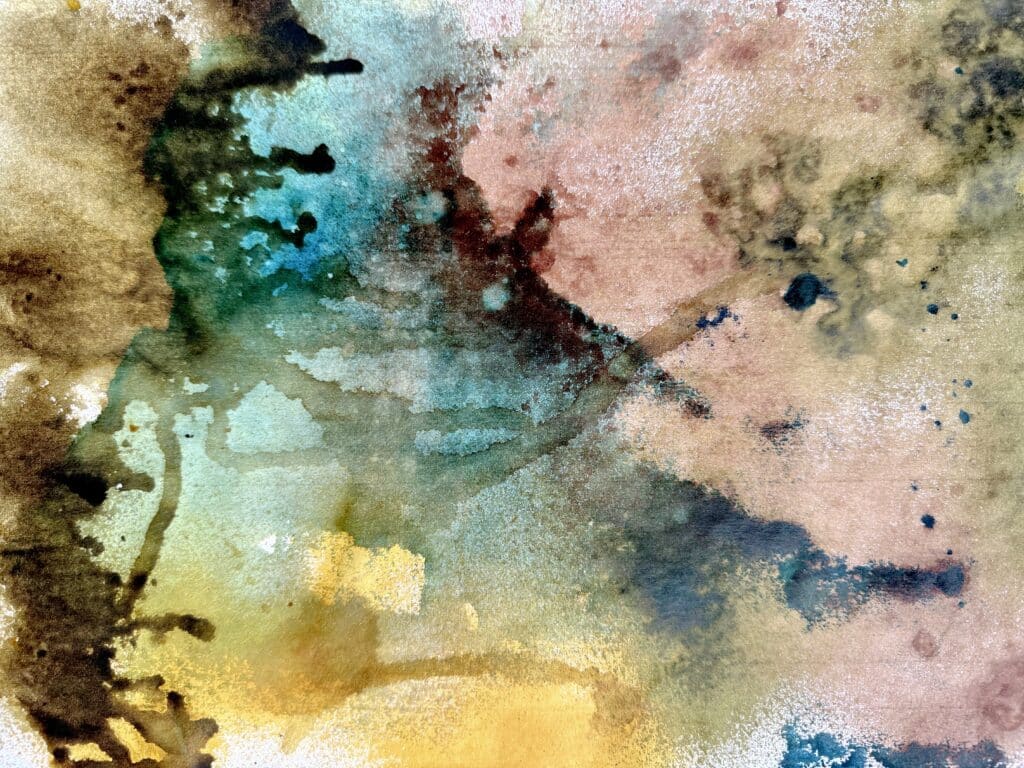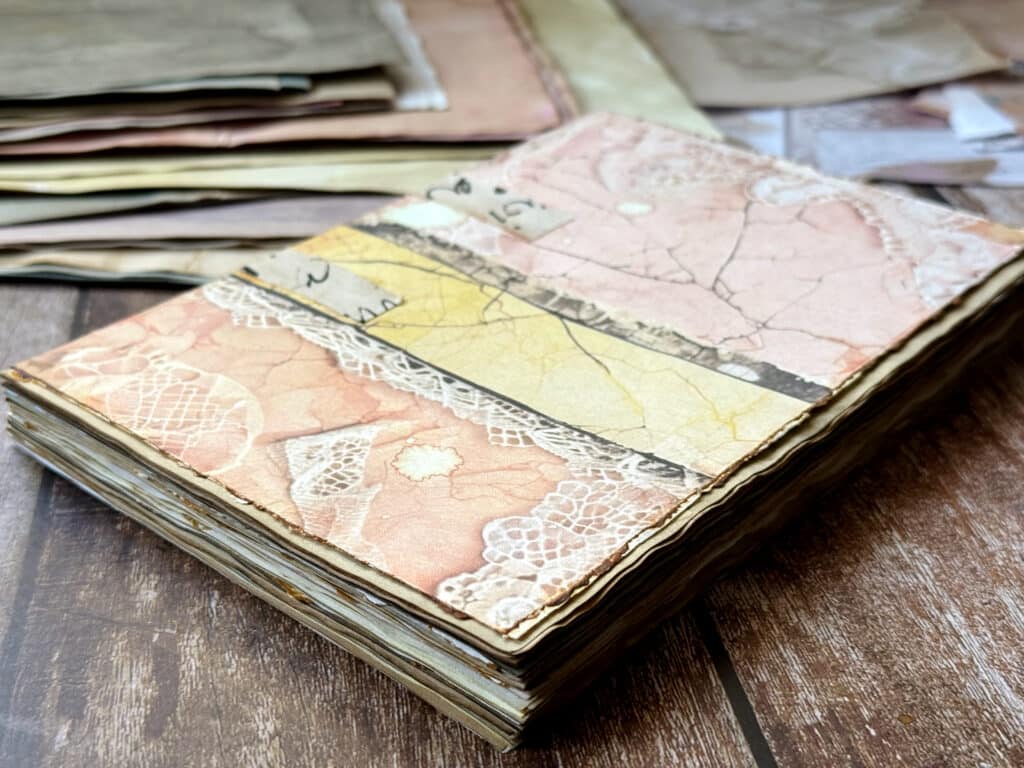Finding joy in art is a journey toward authenticity and self-expression. When you create art that reflects your true self, it stands out and resonates with the right audience. However, one of the biggest obstacles to making authentic work is the rush for results.
We often think that art should come naturally, as if talent is something we’re born with or not. But just like any other skill, creating meaningful art takes time and practice.
- Each of us has a unique voice. We already have our own style; everything we need is already within us. It’s just a matter of uncovering it.
- To create the art we love, we must tap into the deeper parts of ourselves that have been buried for a long time, allowing us to express what’s truly inside.
In our pursuit of technical perfection, we often forget to explore who we are and what we want to communicate. We find our unique style, our unique voice, by reconnecting with the joy in our creative practice. We can see this in children—they start out free and expressive, just having fun with paint, but as they grow older, they become more concerned with what others think and with getting it right. This tendency only intensifies with age.
- To truly express ourselves and discover who we are as artists, we must drop the need to achieve a perfect result every time we paint. Paradoxically, when we stop trying so hard, we often produce better work.
- Making art fun is crucial. When it feels like play rather than work, we naturally start to discover and develop our style. It’s essential to give ourselves time and space to experiment without always rushing to finish a painting.
We often think there’s a “right” way to do it and that others’ opinions matter—but there isn’t and they don’t. What matters is what we think and feel. To find our voice, follow our preferences and stop doing anything that doesn’t bring us joy.
Approach art with curiosity and humility and with absolutely no ego.
- Notice what you love—whether it’s the colors you use, the marks you make, or the sizes of your canvases.
- Notice if you feel better working on large things or small things.
- Notice if you like lines, drawing lines, or making big, bold brushstrokes.
- Pay attention to what feels good and do more of that, and notice what you don’t enjoy and stop doing it.
- When you find something you like, don’t stop without doing it atleast 10 times.
Squash the little voice that wonders what others might think and instead, tune into what makes you happy. It might be hard for you if you’ve been accustomed to always thinking of other people before yourself because you might not fully understand your own preferences. You might not know what you need in order to be happy. And that’s OK. Your art will teach you everything you need to know about yourself if you just listen.
Drop the need for a result, embrace the process, and enjoy the exciting journey of finding your true artistic voice.





